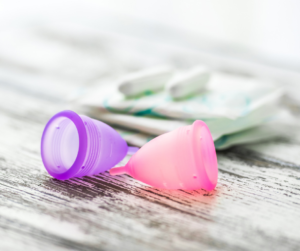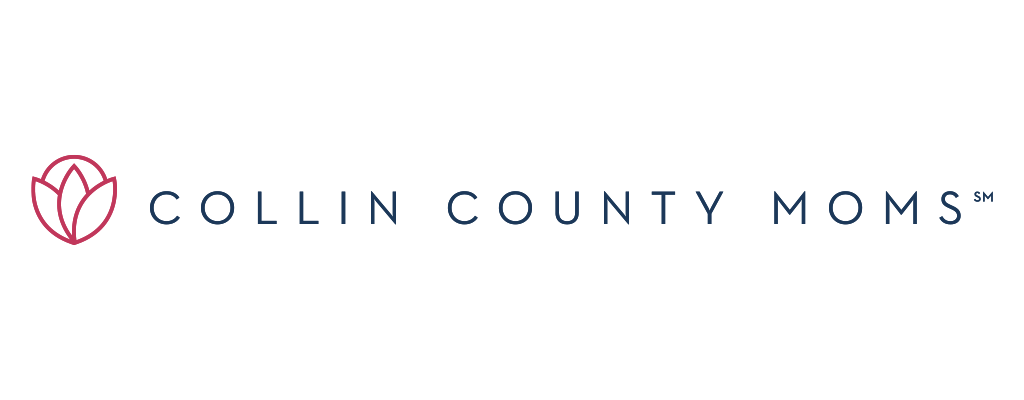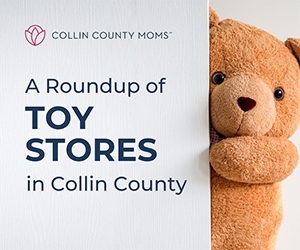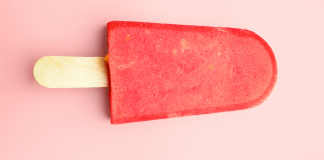I started my period at the ripe young age of 10. At that time, I was introduced to pads and would figure out tampons by the time I had my driver’s license. I remained loyal to tampons for years, eventually switching to organic ones after getting the go ahead to stop using pads after my son’s birth. It would take a few more years for me to try any tampon or disposable pad alternatives. At that point, I looked at menstrual discs, cloth pads, and menstrual cups because I wanted something convenient that would generate less waste.
Since then, I found one method I liked enough to switch to, as well as two other options to keep in my back pocket. Because periods and how they’re managed is infrequently discussed, I wanted to talk a bit about what I tried, liked, and disliked. If you’re interested in trying out a menstrual cup, menstrual disc, or cloth pads, then this is definitely a post for you!
 Tampon & Maxi Pad Alternatives
Tampon & Maxi Pad Alternatives
Cloth Pads
These work almost like disposable pads. Instead of adhering to the crotch gusset of your underwear, they’re held in place by snaps around the gusset. There are many different brands of cloth pads out there, and I chose ones from an Etsy shop, though you can also buy them on Amazon. Cloth pads are typically made of a soft top layer – mine are cotton – with an absorbent core, along with a water proof layer to keep things contained. When you’re done using one, you take it out, rinse it with cold water, and pop it into the washer, much like you might do with a cloth diaper.
What I liked: Cloth pads are softer than the disposables I buy in store. I didn’t get itchy while wearing them, and I liked the variety of patterns to choose from. Additionally, cloth pads remain in place and are absorbent.
What I didn’t like: While these are thin like an ultra-thin maxi pad, they still felt bulky to me. However, if I ever go back to pads, I’ll definitely choose cloth. They’re more comfortable to me than disposables ever were.
Disposable Menstrual Discs
I decided to try discs because I was interested in trying a menstrual cup, but wanted to start with a lower-cost option. I chose to try the FlexDisc, which is worn a bit like a tampon. What’s different is how it’s placed: the disc sits right beneath your cervix in the vaginal fornix. There, it’s tucked behind your pubic bone to catch menstrual fluid. It’s called a disc because it’s large and flat-looking, but it works like a shallow cup, collecting, rather than absorbing, fluids. They can stay in place up to 12 hours, which makes them really convenient, and they’re disposable.
The disc itself is pliable, allowing it to be folded to place in the right area. It catches fluid in a material that I can only describe as “plastic wrap-py.” This made them very crinkly during placement.
What I liked: how easy these were to use. Once I figured out how to pop the disc in and place it behind my pubic bone, I couldn’t feel it and I really liked that I could forget it for twelve hours.
I also liked how easily I was able to find the FlexDiscs. I bought a pack of 12 for around $14 at Target. I’ll definitely be keeping at least one of these in my purse for those “Surprise! You’re menstruating!” moments.
What I didn’t like: how crinkly they sounded. Inserting them was easy, but getting them out without making a mess involved a learning curve. I appreciate that they’re disposable, so I can always have one in my purse. However, if I ever decide to regularly use a disc, I’ll look for a reusable one, like the Ziggy or Nixit.
 Menstrual Cups
Menstrual Cups
A menstrual cup is a small, reusable cup made of a pliable material like silicone. Like the disc, you insert it like you would a tampon and it collects fluids. Unlike a disc, a cup sits lower in the vagina. To use a cup, you insert it and ensure it creates a “seal” below your cervix where it can catch menstrual fluid. Like a disposable disc, you can leave it for 12 hours, but instead of disposing of it after each use, it gets emptied, rinsed, and reinserted.
Cups do involve a bit of a learning curve. However, if you are interested in a menstrual cup, there is one for almost every body. I figured out which brand I wanted to try by visiting the website Put a Cup In It. They have a quiz to help determine which cup is most likely to fit your body, your needs, and your comfort level. In addition to help choosing a cup, I found Put a Cup In It to be a great resource for learning how to use the cup, including how to fold the cup for insertion.
Ultimately, I chose a cup that you can buy at Target: the Saalt. It’s made of silicone and comes with a carry bag. Getting it to be comfortable took time and I chose to cut the stem of the cup completely off. Some women leave the stem intact, as it can assist with removal (but the stem isn’t there for removal itself, for that, you pinch the base of the cup).
However, once I got the hang of using the cup, it took me no more time to empty and reinsert than a normal bathroom trip, didn’t leak, and I couldn’t tell it was there, even when swimming and doing HIIT workouts. It was comfortable, low maintenance, and worked really well.
What I liked: how comfortable the cup was, that it’s reusable for up to 10 years, and that I could go up to 12 hours without emptying it.
What I didn’t like: not knowing right away if I had chosen the right cup for my body. Cups cost around $30-$40 each, and if you don’t get the right one on your first try, it can be costly to try more. I had to learn which fold was best for my body, as well as how to get it placed just right so it would be both comfortable and not leak. I was able to figure this out my first cycle, but for some, it can take three or four cycles, and well, that can be frustrating. It is recommended by those who love cups to give it a few cycles to figure it out, because once you do, well, I can attest: it’s amazing.
In case you’re wondering, if you do have to empty a cup in a public restroom, it’s recommended that you empty, wipe it with toilet paper, and reinsert. Some people carry wipes to wipe down the cups, and others carry water. I didn’t run into this with the cup yet, so I can’t say what method I’ve found best.
As you can probably guess, I’m going to keep using a menstrual cup moving forward. While I may add a reusable disc to my armory, I really like that the cup I chose works for my lifestyle, my body, and is reducing my waste output just a little bit each month. Long term, I’m looking forward to saving money on tampons and not having to worry about running out at the most inconvenient time. While it took me a long time to try a cup, I’m happy I did.
Have you tried a menstrual cup, disc, or cloth pads? What about something else?













